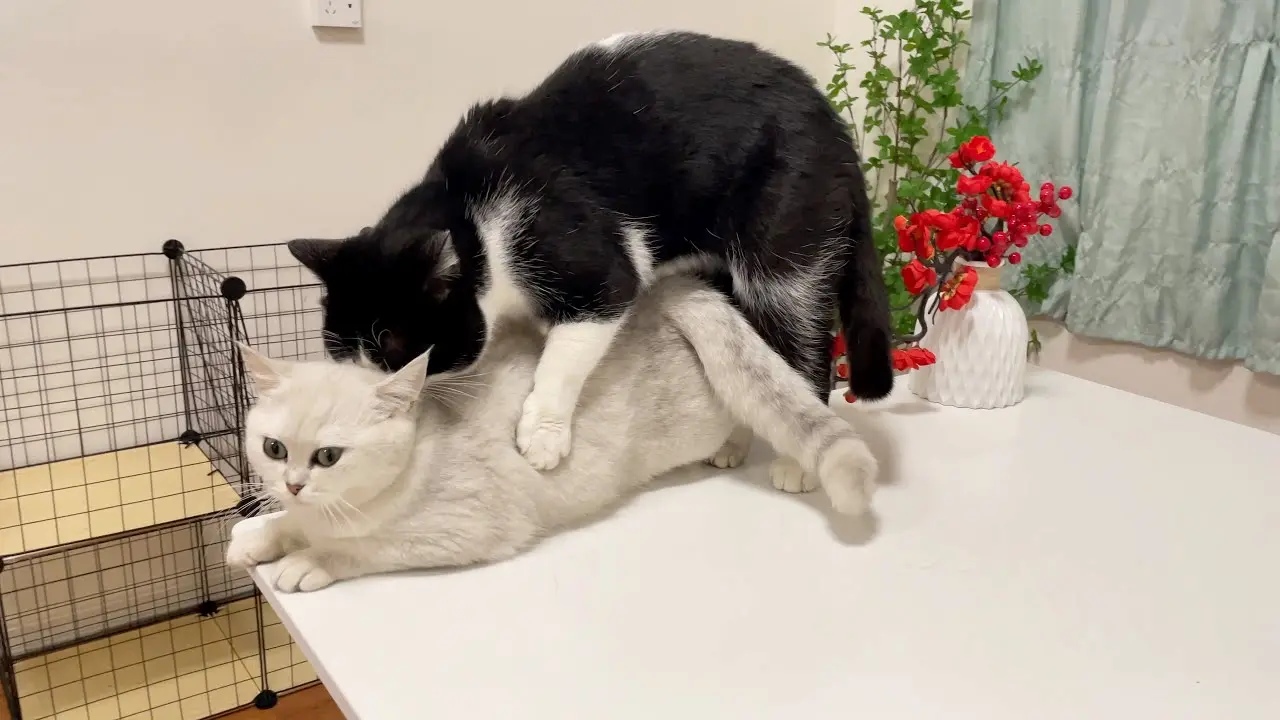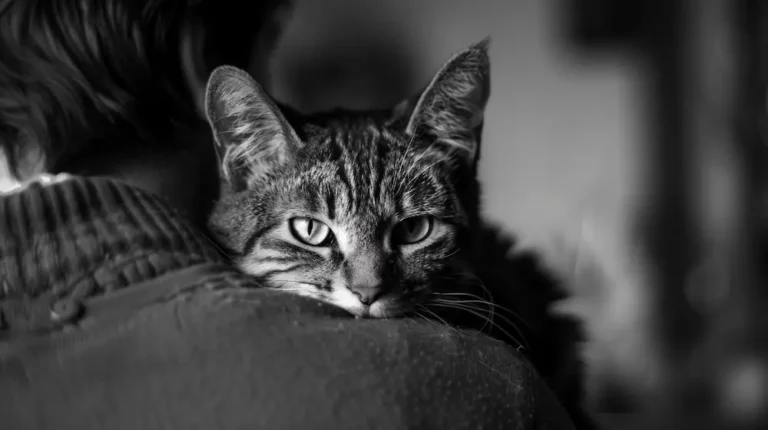How Do Cats Have Sex? Did You Ever See It For Yourself?
Have you ever wondered about the intricate and often surprising mating rituals of cats?
During mating season, you might notice female cats displaying unusual behaviors like loud vocalizations and rolling on the ground, while males become more territorial.
The actual act, involving the female in a specific position and the male’s neck-biting technique, is both brief and intense.
It’s not something you see every day, but understanding these behaviors can be quite eye-opening.
Curious about what happens after the act or some common misconceptions? There’s much more to uncover.
The Mating Season
During the mating season, you’ll notice that cats become more vocal and exhibit distinct behaviors to attract mates. Female cats, known as queens, enter a phase called estrus or heat, which lasts several days.
During this time, they may yowl loudly, roll on the ground, and become more affectionate towards their owners.
This vocalization and behavior are designed to signal their readiness to mate to nearby males.
Male cats, on the other hand, will respond to these signals.
They often become more territorial and may spray urine to mark their territory and ward off rival males.
You might also see them wandering further from home in search of a female in heat.
Their behavior can be more aggressive as they compete with other males for the attention of a receptive female.
As a
Keeping your cats indoors can prevent unwanted mating and reduce stress for both you and your pets.
If breeding isn’t your goal, consider spaying or neutering your cats to prevent these behaviors and contribute to controlling the
Courtship Behaviors
Courtship behaviors in cats involve a series of specific actions designed to prepare for mating.
You’ll notice that female cats, or queens, start this process when they’re in heat.
They become more affectionate, rubbing against objects, rolling on the floor, and vocalizing loudly to attract males.
These calls, often referred to as ‘caterwauling,’ can be quite persistent and are meant to signal their readiness to mate.
Male cats, or toms, respond to these signals by seeking out the female. When a tom finds a receptive queen, he approaches her cautiously.
You might see him sniffing her, particularly around her genital area, to confirm she’s in heat.
If she’s receptive, she may assume a specific position known as lordosis—lowering her front body while raising her hindquarters and moving her tail to the side.
During this time, males may also exhibit behaviors like yowling, circling, and even gentle biting of the female’s neck.
This biting is part of the courtship ritual, not aggression, and helps to stimulate the female.
Understanding these behaviors offers insight into the complex and fascinating world of cat reproduction.
The Act Itself
Once courtship is complete, the actual mating process in cats is both brief and intense.
When the female
This posture, called lordosis, signals the male that she’s receptive.
The male
During this time, the male’s barbed penis stimulates ovulation in the female, a process known as induced ovulation.
This may be uncomfortable for the female, often causing her to vocalize loudly or even react aggressively once the male dismounts.
Immediately after mating, the male typically retreats to a safe distance.
The whole process is over in a matter of minutes, but it can be repeated multiple times over a few days to guarantee successful fertilization.
Post-Mating Rituals
After mating, both cats engage in distinct behaviors that mark the end of their copulation.
The female
Don’t worry, this reaction is normal and helps stimulate ovulation.
The male
You’ll notice he seems quite self-absorbed for a few minutes, which is a standard part of the post-mating ritual.
The female
She may roll around on the ground, lick her genital area, and even exhibit a bit of frantic behavior.
This grooming helps her soothe any discomfort and clean herself. You might see her purring or making soft noises, which indicate she’s calming down.
These post-mating behaviors serve essential purposes, such as ensuring cleanliness and helping the female
Common Misconceptions
Many people believe that cats mate for life, but this is a common misconception.
Unlike some animals, cats don’t form lifelong bonds with their mates. Instead, they exhibit a more casual approach to mating.
Female cats, known as queens, will mate with multiple males during their heat cycle, often leading to litters with kittens from different fathers.
Another misconception is that mating in cats is always aggressive and painful. While it’s true that male cats have barbed penises, which can cause discomfort for the female, this is a natural part of the mating process.
The discomfort triggers ovulation, increasing the chances of successful fertilization. It’s not constant pain but rather a necessary biological function.
You might also think that cats are solitary creatures and prefer to be alone, but when it comes to mating, they can exhibit social behaviors.
Male cats, or toms, will compete for the attention of a female in heat, sometimes displaying elaborate behaviors to win her favor.
Understanding these misconceptions helps you see the true nature of
Conclusion
Now that you’ve learned about the mating behaviors of cats, you can better understand their natural instincts.
Watching a
Remember, these behaviors are completely important and essential for their reproduction. By recognizing and respecting these instincts, you’re fostering a healthier environment for your






